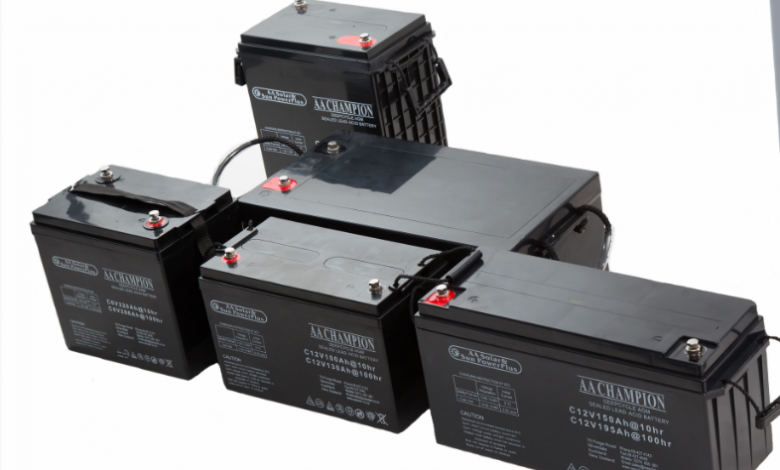What Things To Look At In A Deep Cycle Battery Before Buying?

Despite batteries that generate an initial energy burst and keep a continuous charge level (your car battery is a prime example), deep cycle batteries are designed to discharge the largest part of their capacity. The condition of your deep cycle battery Canada is important if you want to power an application over a lengthy period.
Lithium-ion technology has become a popular option of deep-cycle batteries for marine equipment, lights, RVs, and other use in recent years. It is the logical decision as it has a lightweight profile, rapid recharge speed, and long battery life. When choosing a deep cycle battery, consider the following lithium-ion variables.
Weight and Size
If you want to use a deep cycle battery on a watercraft or RV, weight and size are significant factors to consider, especially, when you need to operate various electrical applications for longer durations.
A deep cycle lithium-ion battery is light and energy-dense like its equivalent of an acid counterpart. A lighter, smaller battery provides greater flexibility when you thinking about your application’s total weight and balance.
But don’t be mistaken: although lithium-ion is lighter and smaller, it is better (and better in every case) in a fraction of its size, and thanks to its great energy efficiency than lead-acid.
Charging
A deep lithium-ion battery is known for quick charging than an acid battery. It is vital to be able to charge and operate as soon as possible when applying charges time is critical – consider all-terrain (ATV), maritime, and other relaxing applications. Lithium may be recharged 2 to 3 times as quickly as lead-acid.
Lithium batteries are also known to be charge fully in one session, it makes the process of charging quite easy. Batteries for the lead-acid need to be loaded over several sessions to achieve full capacity and need active maintenance.
Life Span and Reliability
Perhaps the biggest benefit of the deep cycle lithium-ion battery is its extended, minimal maintenance life. There is no need for a high-quality lithium-ion battery to replenish with water, and it usually lasts up to 10 years, it is much more than the average lead-acid battery’s life.
When they are put in storage, lithium-ion batteries also lose significant quantities of self-discharge energy. You don’t need to waste time feeding your battery back to health if you want to store it for the winter to take it out again when it is time to go into the slopes or waves.



